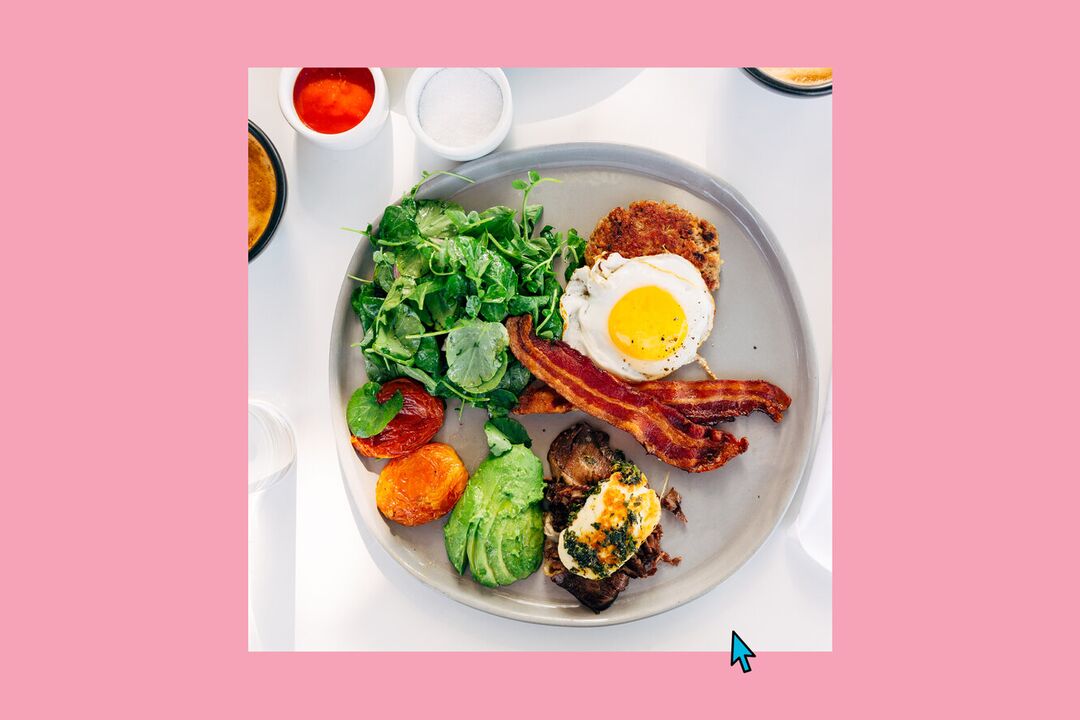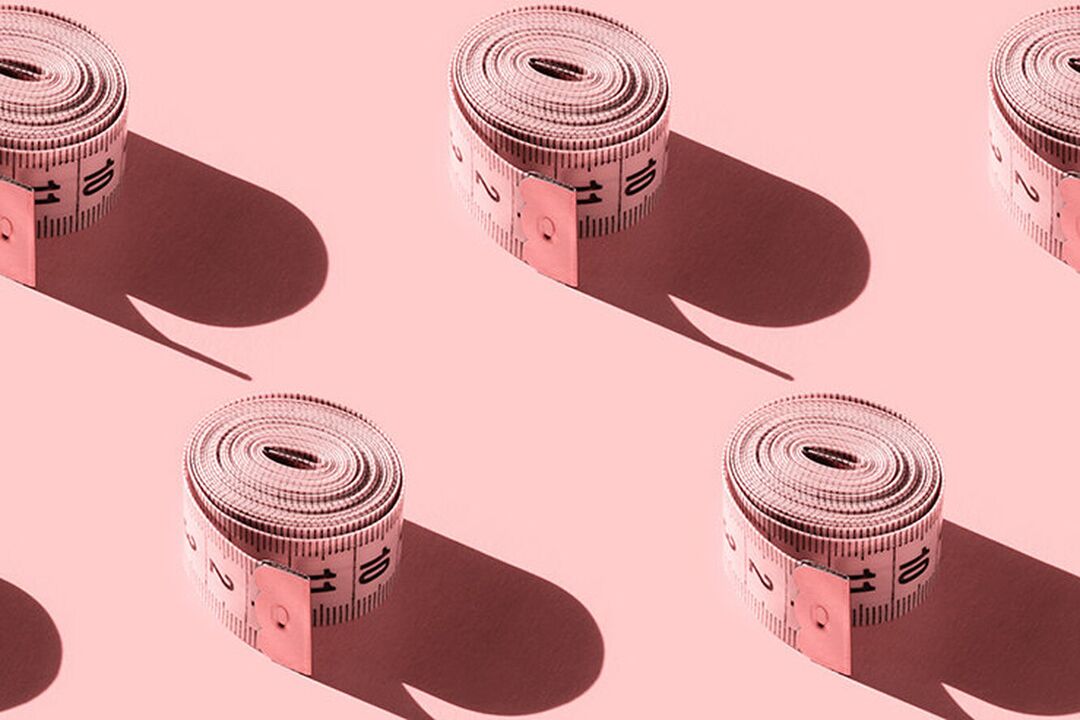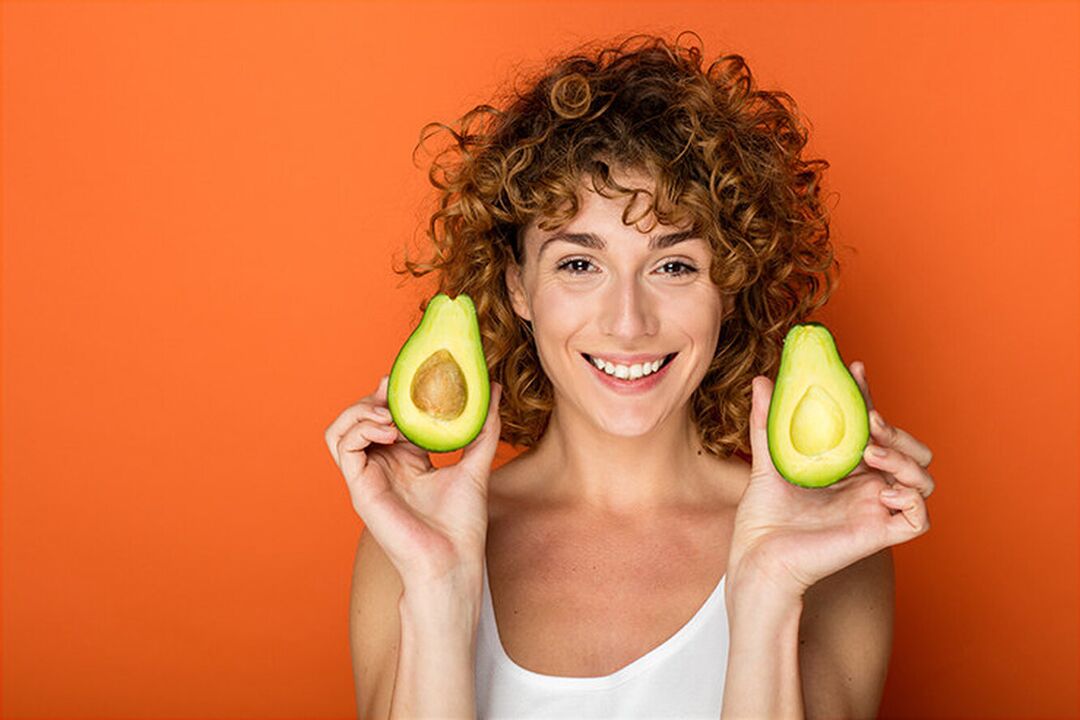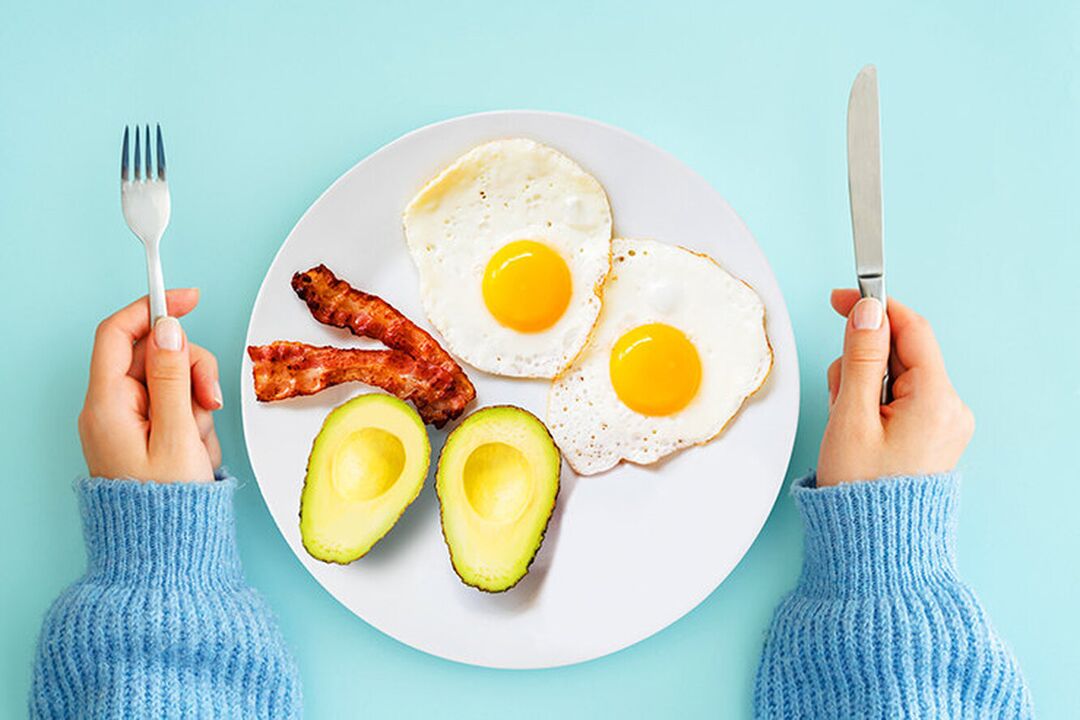The ketogenic diet (or keto diet for short) is a low-carb, high-fat eating plan. Following a keto diet is believed to have many health benefits. We explain to you in more detail what keto nutrition gives to the body and how effectively you can lose weight on such a diet.

Numerous studies show that the keto diet will help you lose weight and improve your well-being. In addition, ketogenic diets may be beneficial for diabetes, epilepsy, cancer, and Alzheimer's disease.
Here's a detailed guide on how to get started on the keto diet and answers to the most frequently asked questions about it. Be sure to read, understand and discuss with your doctor.
What is the ketogenic diet?
The keto diet is a low-carb, high-fat eating plan. In many ways, it is similar to the Atkins diet and the low-carb diet. It simply means cutting back on keto carbs and replacing them with fats. This reduction puts the body into a metabolic state called ketosis.
In ketosis, the body begins to efficiently convert fat into energy (ketones) - instead of doing so with carbohydrates. Therefore, ketogenic diets can lower blood sugar levels and normalize insulin levels.
Different types of ketogenic diets
There are many versions of the keto diet, including:
- Standard Ketogenic Diet: This is a very low carb, moderate protein and high fat meal plan. usually contains 75% fat, 20% protein and only 5% carbohydrates;
- cyclic ketogenic diet: This plan includes periods of higher carb intake, such as 5 keto days followed by 2 carb days;
- adapted ketogenic diet: allows you to add more carbohydrates to the diet on training days;
- High-Protein Ketogenic Diet: This is similar to the standard ketogenic diet, but contains more protein, typically 60% fat, 35% protein, and 5% carbohydrates.
By the way, only standard and high-protein ketogenic diets have been carefully studied and recommended by experts. Cyclic or adapted diets are more advanced methods and are mainly used by athletes or bodybuilders.
Ketogenic diets help with weight loss

The keto diet is an effective way to lose weight and reduce risk factors for certain diseases.
Experiments show that the ketogenic diet is superior to low-fat diets in terms of weight loss results. Moreover, the keto diet allows you not to count calories and not limit the amount of food eaten, if we are not talking about what is included in the list of permitted ones.
One study found that people on a ketogenic diet lost 2. 2 times more weight than those who cut calories and fat. Improvements in blood cholesterol and triglyceride levels were also observed.
Ketogenic diet for diabetes and prediabetes
Diabetes is characterized by metabolic changes, elevated blood sugar levels and impaired insulin function. A keto diet will help you get rid of excess fat, a metric closely related to type 2 diabetes, prediabetes, and metabolic syndrome.
One study found that a ketogenic diet improved insulin sensitivity by up to 75%!
Another experiment with participants with type 2 diabetes found that 7 out of 21 were able to stop taking all their diabetes medications thanks to the keto diet.
Other health benefits of the keto diet

The modern version of the keto diet was invented as a way to treat neurological conditions like the aforementioned epilepsy. Some studies have shown that such a meal plan can be beneficial for various diseases.
- Cardiovascular disease: A ketogenic diet can improve risk factors such as fat and cholesterol levels, blood pressure, and blood sugar levels.
- Cancer: Today, this diet is used to maintain the condition of patients with various types of cancer and to reduce the growth of tumors.
- Alzheimer's disease: The keto diet may reduce the symptoms and slow the progression of Alzheimer's disease.
- Epilepsy: Studies have shown that a ketogenic diet can significantly reduce seizures in children.
- Parkinson's disease: Some tests have shown that a high-fat diet can help relieve the symptoms of Parkinson's disease.
- Polycystic Ovary Syndrome: A ketogenic diet will help lower insulin levels, which play a big role in the progression of this diagnosis.
- Brain injuries: Animal research has shown that a keto diet can improve post-concussion conditions and help patients recover from injuries more quickly.
- Acne: Lowering your insulin levels and reducing your intake of sugar and processed foods will help improve your skin significantly.
Foods to Avoid on the Keto Diet
Any foods high in carbohydrates should be avoided. A sample list of foods that should be eliminated from the diet or significantly reduced:
- sugary foods: soft drinks, fruit juices, smoothies, cakes, ice cream, sweets;
- grain or starch: wheat, rice, pasta, cereal products;
- fruits: all fruits except small berries or an apple a day;
- beans or legumes: peas, beans, lentils, chickpeas;
- root vegetables and tubers: potatoes, sweet potatoes, carrots, parsnips;
- Diet or low-fat foods: These are usually highly processed and high in carbohydrates.
- certain condiments or sauces: primarily those high in sugar and saturated fat;
- saturated fats: limit the intake of refined fats, mayonnaise;
- Alcohol: Many alcoholic beverages should be avoided on the ketogenic diet due to their high carbohydrate content.
- Sugar-free diet foods: These are often high in sugar alcohols, which can affect ketone levels in the body.
Foods to Eat on the Ketogenic Diet

During the keto diet, the majority of the diet should be based on these foods:
- meat: red meat, ham, sausage, pork, chicken and turkey;
- fatty fish: salmon, trout, tuna and mackerel;
- eggs;
- butter and cream;
- Cheese;
- nuts and seeds: almonds, walnuts, flax seeds, pumpkin seeds, chia seeds;
- healthy fats: especially cold-pressed olive oil, coconut oil and avocado oil;
- avocado;
- low-carb vegetables: mostly green vegetables, tomatoes, onions, bell peppers.
Sample weekly ketogenic meal plan

Monday
Breakfast: bacon, eggs and tomatoes.
Lunch: chicken salad with olive oil, vegetables and feta cheese.
Dinner: salmon with asparagus cooked in butter.
Tuesday
Breakfast: omelette with tomatoes, spices and goat cheese.
Lunch: if you don't want to eat heavily, you can replace the usual hot meals with vegetables or cow's milk with a cocktail with peanut butter and greens.
Dinner: meatballs, cheese and vegetables.
Wednesday
Breakfast: Ketogenic Milkshake – The basic recipe we mentioned can be adapted to your taste.
Lunch: Seafood salad with olive oil and avocado.
Dinner: pork chops with cheese, broccoli and salad.
Thursday
Breakfast: tortilla with avocado, peppers, onions, spices and sour cream sauce.
Lunch: A handful of nuts and celery sticks with guacamole and salsa.
Dinner: Chicken stuffed with pesto and cream cheese, garnished with vegetables.
friday
Breakfast: unsweetened yogurt with peanut butter, cocoa powder and stevia.
Lunch: veal cooked with vegetables.
Dinner: bacon, egg, and cheeseburger on low-carb almond flour bread.
Saturday
Breakfast: omelet with cheese and ham with vegetables.
Lunch: a few slices of ham and cheese with nuts.
Dinner: white fish cooked in olive oil, eggs and spinach.
Sunday
Breakfast: omelette with bacon and mushrooms.
Lunch: hamburger with sauce, cheese and guacamole.
Dinner: steak with eggs and salad.
As you can see, the ketogenic diet can be very varied and incredibly nutritious.
Keto snacks
If you're feeling hungry between meals, here are some healthy keto snacks:
- fatty meat or fish;
- Cheese;
- a handful of nuts or seeds;
- cheese with olives;
- 1 or 2 hard-boiled eggs;
- dark chocolate with 90% cocoa;
- a low-carb milkshake with almond milk, cocoa powder and peanut butter;
- whole milk yogurt with nut butter and cocoa powder;
- strawberries with cream;
- celery with sauce and guacamole.
How to follow a keto diet if you have to eat out
Today, it is not so difficult to find a restaurant with a keto menu or a diet-friendly position. Most establishments offer a wide variety of meat and fish options, and you can have vegetables as a side dish.
Egg bowls are also great options for the keto diet, as are omelets or bacon with eggs.
Another ideal food is a burger, but it is better to remove half of the bun. Replace the fries with vegetables and ask for more cheese, sauce or a piece of avocado in the filling.
In restaurants, it is better to refuse dessert in the ordinary sense of the word. But you can order a cheese plate, berries and cream or panna cotta.
Keto diet side effects and ways to minimize them
Although the ketogenic diet is safe for healthy people, you may experience some side effects at first as your body adjusts to the new eating plan. For example, in the first few days, many people experience the so-called ketogenic flu.
Ketoflu is a condition where you may experience increased hunger, decreased energy, as well as sleep problems, nausea, and indigestion.
To minimize this problem, you can follow a standard low-carb diet for the first week, and then add more fat to the diet. This will prepare the body to burn more fat before the carbohydrates in the diet are reduced too much.
Supplements in the Ketogenic Diet
Although you don't need to take supplements, these dietary supplements can be especially helpful while on keto:
- flaxseed, olive and any other vegetable oil - do not hesitate to add to food or drink in the morning on an empty stomach to increase the level of ketones in the body;
- caffeine will help maintain energy and also accelerate fat burning;
- creatine - improves performance and is especially recommended for intensive training on a keto diet;
- Whey protein: Add half a scoop of whey protein to smoothies or yogurt to increase your daily protein intake.
Frequently asked questions about the keto diet

1. Can I go back to my normal carb intake?
If you sit on a keto diet and then suddenly put carbs back into your life, your weight loss results will be wasted. After the ketogenic diet is over, it's best to eat fewer carbs than you could afford before. Plus, you'll have fewer cravings for high-carb foods!
2. Will I lose muscle mass on the keto diet?
There is a risk of losing muscle mass with any diet. However, a high protein intake and controlled ketone levels will help minimize muscle loss—especially if you're strength training.
3. Can I build muscle on a ketogenic diet?
Yes, but it won't be as easy as on a moderate carb diet.
4. Do I sometimes need low carb days?
No, but it can be helpful to include a few days with more calories than usual in your diet plan.
5. How much protein can I eat?
Protein intake should be moderate, as high protein levels can cause spikes in insulin levels and depletion of ketones. The upper limit of protein intake is 35% of total calorie intake.
6. What should I do if I feel tired and weak all the time?
You are not following the ketogenic diet correctly or your body is not using fat and ketones properly. Try eating fewer carbs to reduce anxiety and continue to follow our tips to get you into ketosis.
7. Why did the smell of urine change - became clearer?
Don't worry, this is just a result of ketosis.
8. What should I do if I have bad breath?
This is a very common side effect of the keto diet. Try drinking more water or chewing sugar-free gum.
9. Is it true that ketosis is very dangerous?
People often confuse ketosis with ketoacidosis. The first condition is a natural procedure for the processing of fats, and the second occurs only with uncontrolled diabetes.
Ketoacidosis is dangerous, but the ketosis that occurs during a ketogenic diet is completely normal and even healthy.
10. What should I do if I have digestive problems, constipation or diarrhea?
This side effect usually disappears 3-4 weeks after starting the keto diet. If this continues, try eating more fiber-rich vegetables. Magnesium supplements may also help with constipation.
Ketogenic diets are good, but not for everyone
A ketogenic diet can be beneficial for people who are overweight, have diabetes, or want to improve their metabolic health. However, if you are interested in gaining muscle mass, it is better to look at other nutritional options.
Also, like any diet, a ketogenic meal plan will only work if you stick to it diligently. The results will be visible in the long run - it is better not to wait for rapid weight loss.













































